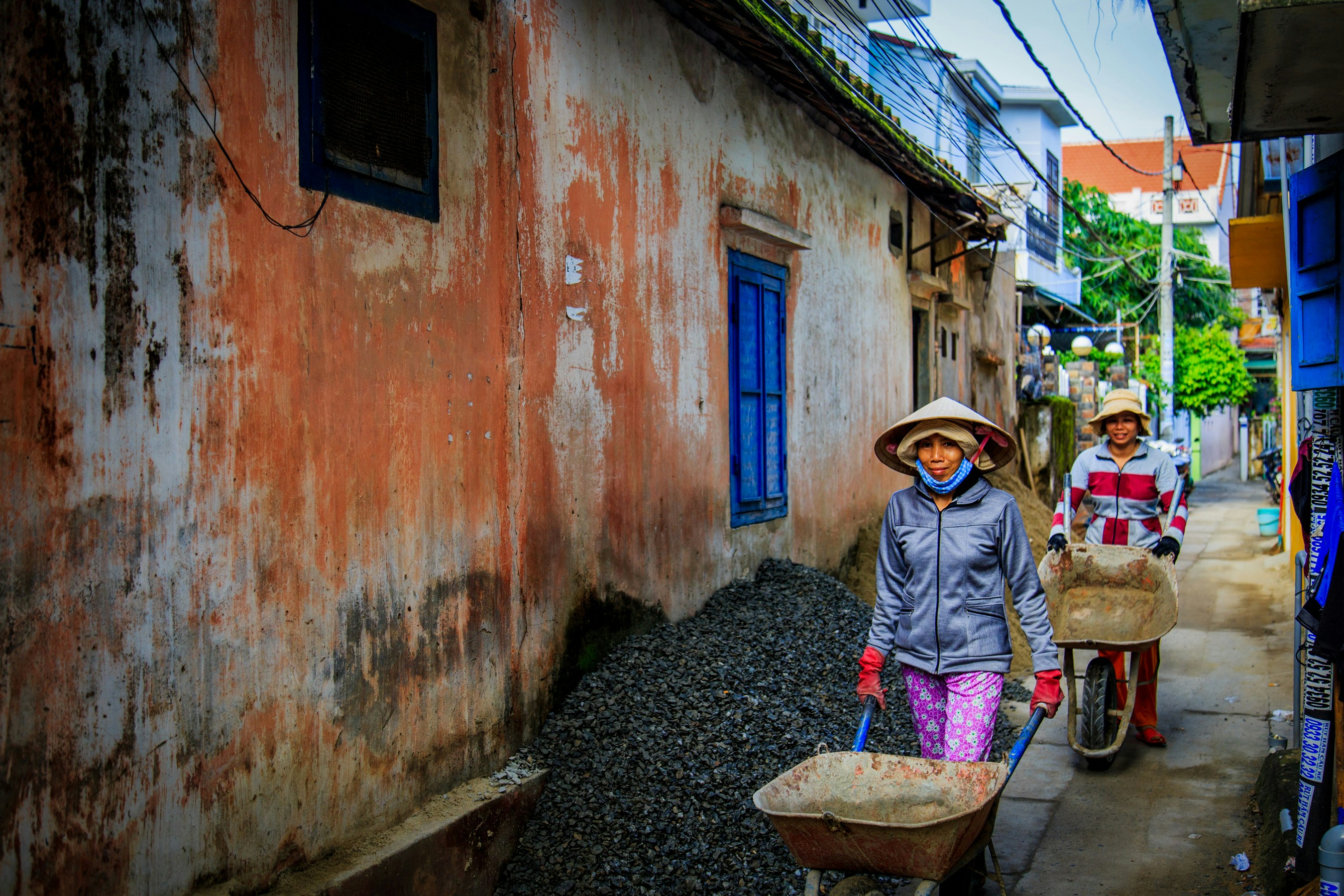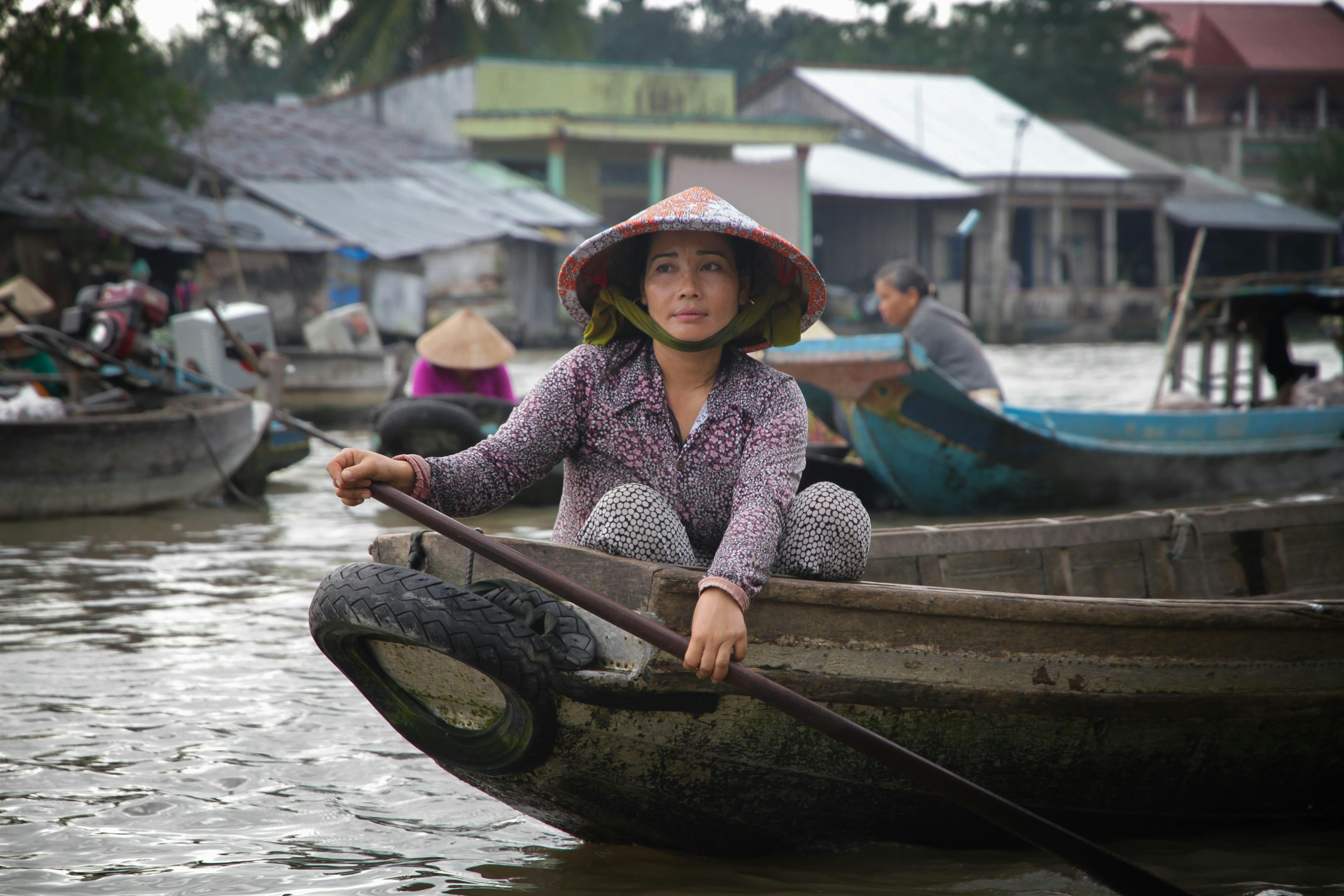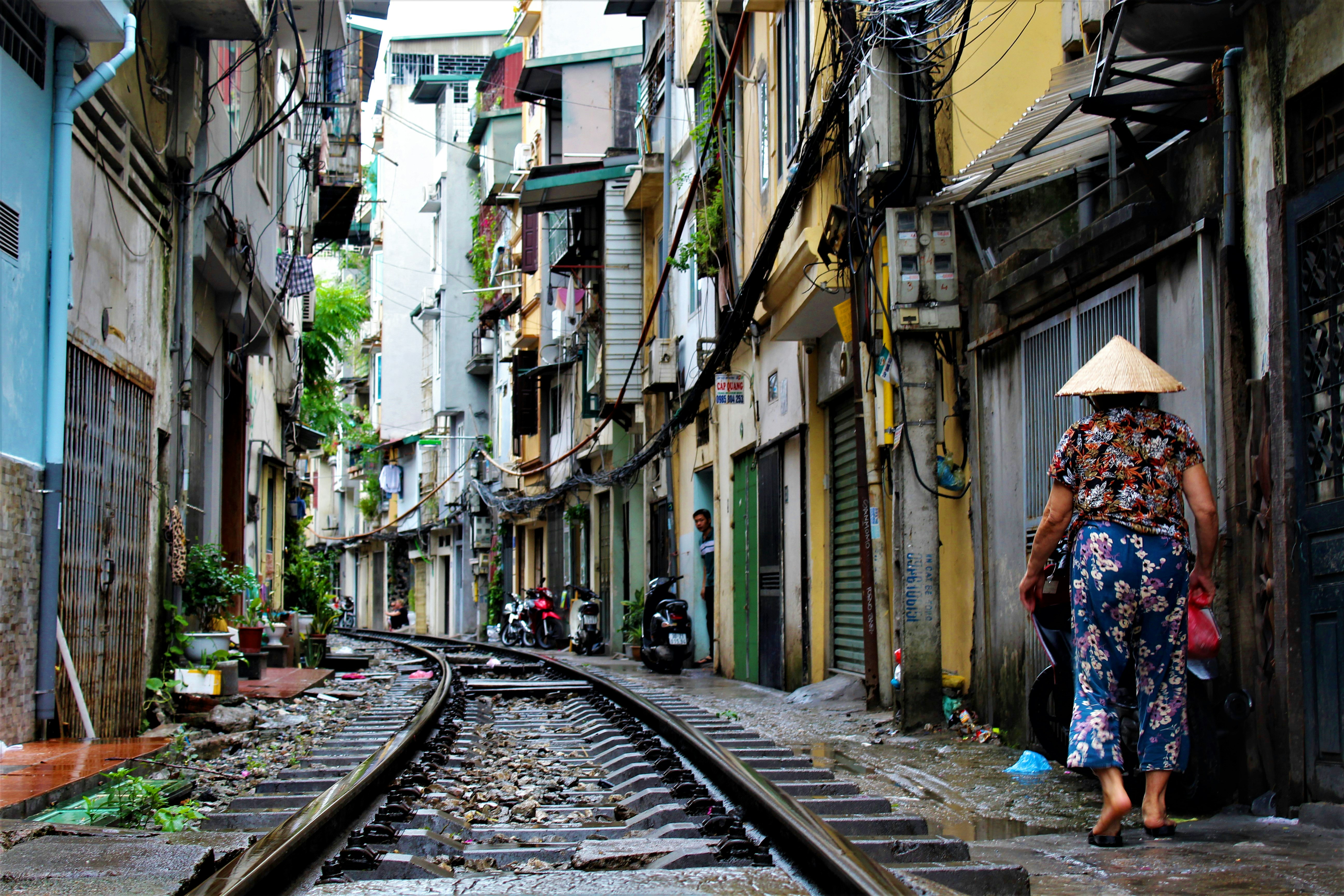Cat Ba Island Rock Climbing
Cat Ba Island, located in the stunning Ha Long Bay region, has emerged as Vietnam’s premier rock climbing destination. The island and its surrounding karst formations offer world-class sport climbing routes in an unparalleled setting—towering limestone cliffs rise dramatically from emerald waters, creating an extraordinary climbing environment that combines technical challenges with breathtaking scenery.
Overview
Cat Ba’s climbing scene features two main climbing types:
- Sport climbing on the island itself and nearby Butterfly Valley
- Deep water soloing (DWS) on the karst formations in Lan Ha Bay
The limestone offers excellent friction and a variety of features including tufas, stalactites, pockets, and crimps. The climbing areas have been developed since the early 2000s, with routes continually being established by both local and international climbers.
Main Climbing Areas
Butterfly Valley (Hang Thung Valley)
Highlights:
- Main sport climbing area with the highest concentration of routes
- Approximately 65+ bolted routes
- Grades ranging from 5.8 (5a) to 5.13b (7c+)
- Climbing on solid limestone walls up to 25m high
- Scenic valley setting surrounded by jungle
Located about 10km southeast of Cat Ba Town, Butterfly Valley is the island’s most developed climbing area. The valley features a horseshoe of limestone cliffs with routes distributed across several sectors. The area suits climbers of all abilities, from beginners learning the basics to experts seeking challenging projects.
Notable Sectors:
Secret Garden:
- Beginner-friendly wall with routes in the 5.8-5.10 (5a-6a) range
- Slightly overhanging with good holds
- Excellent for warming up or for those new to sport climbing
The Face:
- Vertical to slightly overhanging wall
- Technical climbing requiring good footwork
- Routes primarily in the 5.10-5.12 (6a-7b) range
Skyline:
- Steeper, more challenging sector
- Powerful climbing on tufas and stalactites
- Routes mostly 5.11-5.13 (6c-7c+)
- Some of the most photogenic climbing on the island
Ben Beo Wall
Highlights:
- Accessible crag just outside Cat Ba Town
- 15+ routes from 5.9 to 5.12 (5c to 7b)
- Easy approach (20-minute walk from town)
- Climbing directly above the water at high tide
- Afternoon shade makes it perfect for hot days
This smaller crag offers convenient climbing close to town, with routes that are ideal for half-day outings. The unique location allows for climbing directly above the water during high tide, creating a quasi-deep water solo experience but with the safety of bolts.
Deep Water Soloing Areas
Highlights:
- Climbing without ropes over deep water
- Some of the most memorable climbing experiences in Vietnam
- Areas accessible only by boat
- Routes ranging from easy traverses to challenging overhangs
- Heights from a few meters to 20m above water
Lan Ha Bay, adjacent to the more famous Ha Long Bay, offers countless limestone karsts that rise vertically from the sea. These formations create perfect venues for deep water soloing—climbing without ropes where the water below serves as your crash pad. Key DWS areas include:
Three Tunnels Area:
- Various walls with routes from easy to difficult
- Heights ranging from 5-18m
- Mixture of vertical face climbing and steep tufas
- Suitable for first-time DWS experiences
The Drum:
- Iconic cylindrical karst formation
- 360-degree climbing possibilities
- Routes up to 15m high
- Features include juggy traverses and challenging overhangs
Polish Pillar:
- Advanced climbing on overhanging walls
- Routes up to 20m high
- Requires strong arms and nerves of steel
- Some of the most challenging DWS in the region
Climbing Logistics
Equipment
For sport climbing at Butterfly Valley and Ben Beo:
- 60m rope (70m preferable for some longer routes)
- 12-15 quickdraws
- Helmet recommended (some loose rock still exists)
- Standard sport climbing rack
- Approach shoes for the sometimes muddy trails
For deep water soloing:
- Climbing shoes that can get wet (dedicated pair recommended)
- Chalk bag (disposable or designated for DWS)
- Swimwear/quick-dry clothing
- Dry bag for belongings
- No harness or rope required
Guiding and Instruction
Several established companies offer guided climbing and instruction:
- Asia Outdoors - Pioneer of climbing development on Cat Ba
- Cat Ba Climbing - Local outfit with experienced guides
- Slopy Rocks - Newer operation with growing reputation
Services typically include:
- Transportation to/from climbing areas
- All technical equipment
- Experienced, English-speaking guides
- Instruction for beginners
- Boat trips for DWS excursions
Getting There
To reach Cat Ba Island:
- From Hanoi:
- Bus/ferry combinations (4-5 hours total)
- Multiple companies offer direct services
- From Hai Phong:
- Speedboat (30 minutes) or ferry (1 hour)
- From Ha Long City:
- Ferry services available (1.5-2 hours)
Within Cat Ba Island:
- Motorbike rental is the most convenient way to access Butterfly Valley
- Taxis can be arranged for those uncomfortable with riding
- Boat trips for DWS are typically organized through guiding companies
Accommodation
Cat Ba Town offers a range of accommodation:
- Budget: Numerous hostels and guesthouses (from $10/night)
- Mid-range: Small hotels with modern amenities ($25-50/night)
- Upscale: Resort options on the island’s beaches ($70+/night)
During high season (June-August), booking in advance is recommended. The climbing high season (October-April) generally has better availability.
Local Climbing Community
Cat Ba has a small but growing local climbing community. Visiting climbers can connect with locals and other travelers through:
- Evening gatherings at Asia Outdoors in Cat Ba Town
- Group trips organized by guiding companies
- The “Cat Ba Climbing” Facebook group
- Impromptu meetups at the main crags
Best Time to Climb
The optimal climbing seasons on Cat Ba Island are:
-
October to April: The dry season offers the best conditions with lower humidity, pleasant temperatures, and minimal rainfall. December to February can be cooler (15-20°C) but provides perfect friction for challenging routes.
-
Mid-season (April-May, September-October): These transition months can offer good climbing with fewer crowds, though occasional rain showers are possible.
Avoid:
- June to August: The hot, humid summer season brings temperatures of 30-35°C with high humidity, making climbing uncomfortable. Afternoon thunderstorms are common, and this is also peak tourist season with higher prices and crowded accommodations.
Environmental and Safety Considerations
Environmental Ethics
Cat Ba Island is part of a UNESCO World Biosphere Reserve with unique ecosystems:
- Pack out all trash, including tape and cigarette butts
- Stay on established trails to minimize erosion
- Respect any seasonal closures for bird nesting
- Avoid touching marine life during DWS activities
- Support local conservation efforts where possible
Safety Notes
- Deep water soloing should only be attempted by confident swimmers
- Check water depth before jumping/falling during DWS
- Be aware of boat traffic in popular DWS areas
- Some sport routes may have weathered hardware; inspect carefully
- Medical facilities on Cat Ba are basic; serious injuries require evacuation to Hai Phong or Hanoi
Climbing Development and History
Cat Ba’s climbing history began in the early 2000s when Western climbers discovered the potential of the island’s limestone. Initial development was somewhat haphazard, but since 2010, more systematic bolting has taken place with attention to safety standards and environmental impact.
Local climbing guides have been trained, creating sustainable employment opportunities for island residents. New routes continue to be established, with potential for hundreds more across the island and surrounding karst formations.
Cat Ba Island offers a perfect blend of climbing quality, scenic beauty, and accessibility. From novice climbers looking to try the sport in a stunning setting to experienced athletes pushing their limits on challenging limestone, Cat Ba has established itself as not just Vietnam’s best climbing destination but one of Southeast Asia’s most compelling climbing locations.



